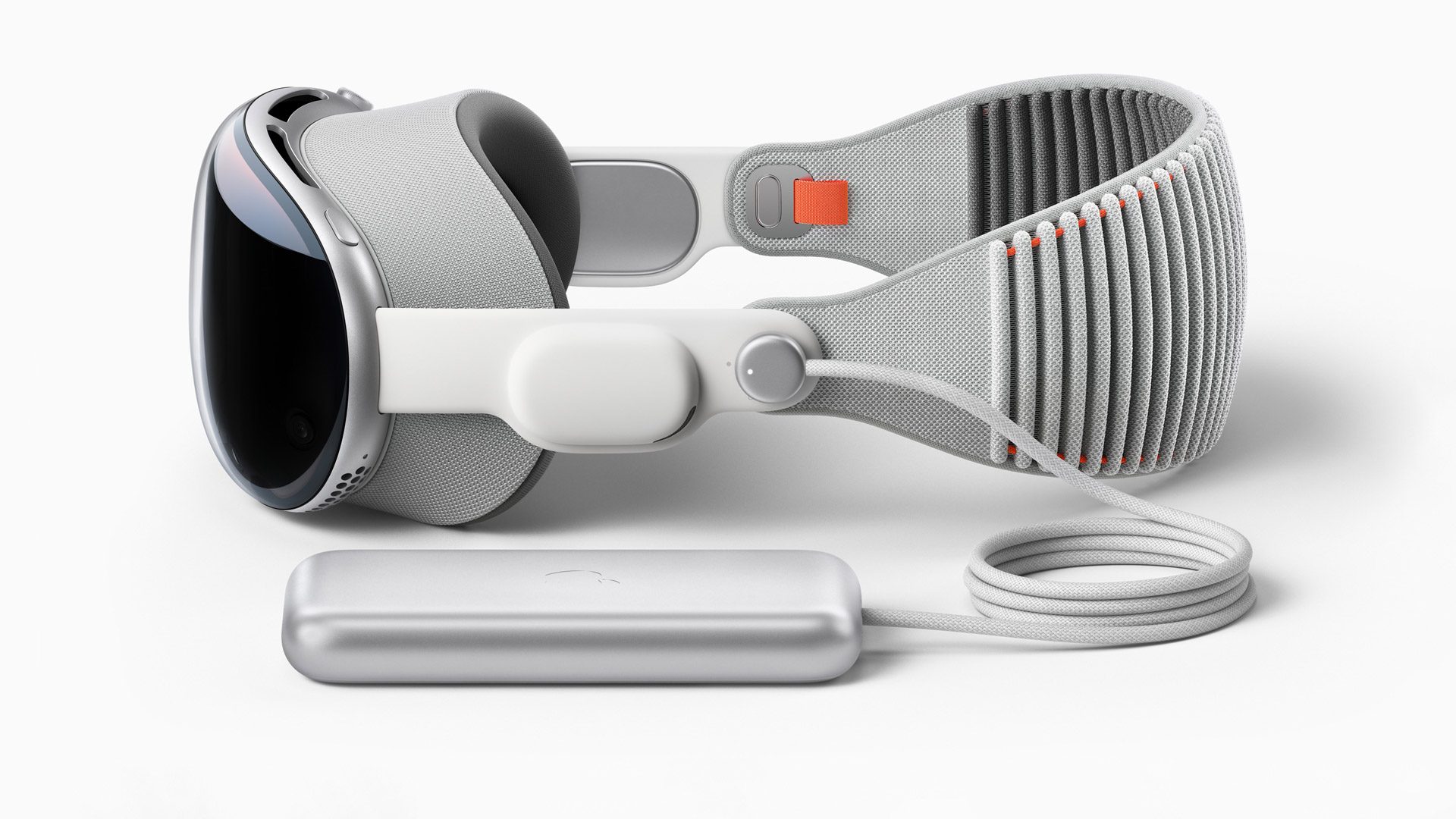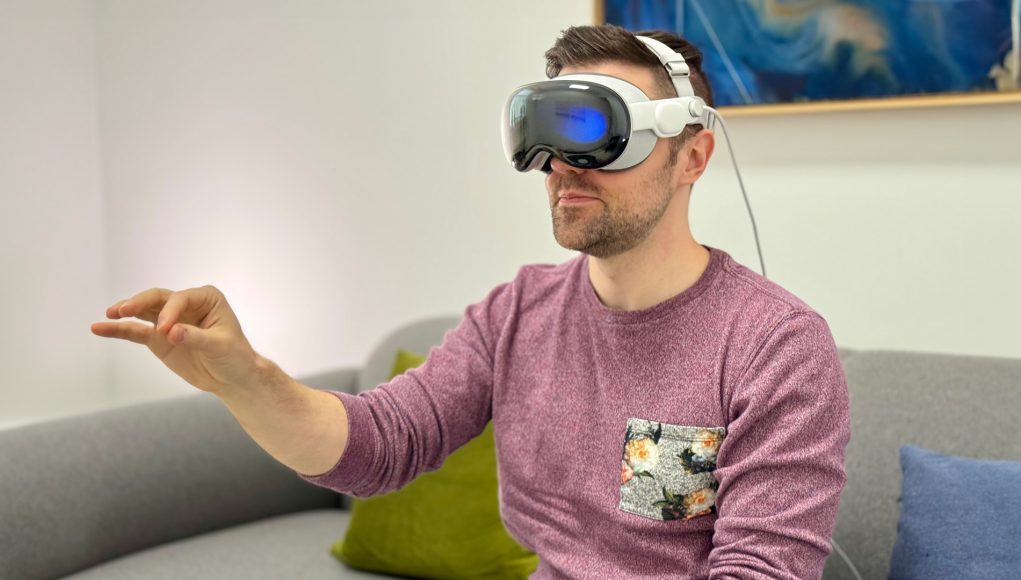We may soon be nearing global release for Apple Vision Pro. According to a report from independent tech analyst Ming-Chi Kuo, US demand for the $3,500 mixed reality headset has slowed over the past month, however the company may be ramping production above original estimates thanks to better-than-expected market performance.
According to Kuo, who has been one of the key figures in Apple supply chain analysis, US shipments of Vision Pro are projected to account for 200,000–250,000 units this year, which is better than Apple’s alleged estimate of 150,000–200,000 units in the US.
Kuo maintains that over the past month “several small-capacity suppliers have expanded production from 500,000–600,000 units to 700,000–800,000 units this year,” pointing to the headset’s unexpectedly high popularity among prosumers and developers.

Granted, that doesn’t mean Vision Pro is coming to the global market immediately, as the company will likely still need to build stocks to avoid the sort of long waiting times seen immediately after its US launch earlier this month. Kuo however predicts Apple may launch in more countries sometime before WWDC this year, which is historically held in the first week of June.
“Due to the limited demand growth in the U.S. market, advancing the global release schedule is favorable when the supply improves,” Kuo says. “The actual release time will depend on Apple’s software modification schedule to comply with other countries’ regulations.”
Meanwhile, a cast of competitors are looking to fill the Apple-proven niche with their own high-quality ‘Pro’ level MR headsets. Last year Samsung announced it was partnering with Google to make its own MR headset, which was reportedly delayed in efforts to make it more competitive with Vision Pro.
More recently, Meta announced it was working with LG to ostensibly manufacture what could be a Quest Pro 2, which would better compete with Vision Pro than either Quest 3 or Quest Pro.







